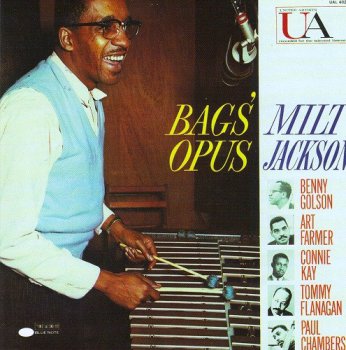Gong / Mother Gong - 3 Box Sets 2016/2019
Lossless Galaxy Release Gong / Mother Gong 2016 Rejoice! I'm Dead! / 3-Disc Box Set Madfish Music 2019 Robot Woman Trilogy / 4CD Book Set Madfish Music 2019 Love From Planet Gong / 13-Disc Box Set UMC Performer: Gong / Mother Gong Box Set / Albums: 2016 Rejoice! I'm Dead! (2CD + DVD EarBook Set Madfish Music) ----------------------------- 2019 Robot Woman Trilogy 1981 Robot Woman 1 ● 1982 Robot Woman 2 1986 Robot Woman 3 ● 2019 Robot Woman Xtra (4CD Book Madfish Music)

Gong / Mother Gong - 3 Box Sets 2016/2019
Lossless Galaxy Release Gong / Mother Gong 2016 Rejoice! I'm Dead! / 3-Disc Box Set Madfish Music 2019 Robot Woman Trilogy / 4CD Book Set Madfish Music 2019 Love From Planet Gong / 13-Disc Box Set UMC Performer: Gong / Mother Gong Box Set / Albums: 2016 Rejoice! I'm Dead! (2CD + DVD EarBook Set Madfish Music) ----------------------------- 2019 Robot Woman Trilogy 1981 Robot Woman 1 ● 1982 Robot Woman 2 1986 Robot Woman 3 ● 2019 Robot Woman Xtra (4CD Book Madfish Music)
05 10, 2025
Judas Priest: 4 Albums - Mini LP PT-SHM K2HD Mastering Victor Entertainment Japan 2014
Lossless Galaxy Release Judas Priest: 4 Albums Mini LP PT-SHM K2HD Mastering Victor Entertainment Japan 2014 Performer: Judas Priest Albums: 1974 Rocka Rolla ● 1976 Sad Wings Of Destiny 1978 The Best Of Judas Priest ● 1981 Hero, Hero (Mini LP PT-SHM K2HD Mastering Victor Entertainment Japan 2014) Info: Gull Records / Victor Entertainment Japan Cardboard Sleeve (Mini LP) / Platinum SHM-CD K2HD Mastering / Limited Release Catalog PT-SHM: VICP-78019~22 Made in Japan Dynamic Range: 7 / 5 / 6 / 5
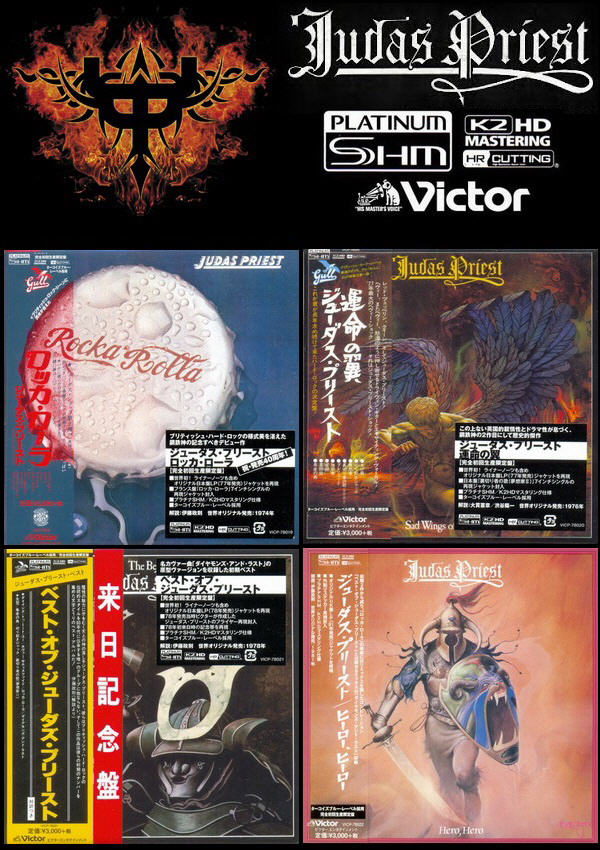
Judas Priest: 4 Albums - Mini LP PT-SHM K2HD Mastering Victor Entertainment Japan 2014
Lossless Galaxy Release Judas Priest: 4 Albums Mini LP PT-SHM K2HD Mastering Victor Entertainment Japan 2014 Performer: Judas Priest Albums: 1974 Rocka Rolla ● 1976 Sad Wings Of Destiny 1978 The Best Of Judas Priest ● 1981 Hero, Hero (Mini LP PT-SHM K2HD Mastering Victor Entertainment Japan 2014) Info: Gull Records / Victor Entertainment Japan Cardboard Sleeve (Mini LP) / Platinum SHM-CD K2HD Mastering / Limited Release Catalog PT-SHM: VICP-78019~22 Made in Japan Dynamic Range: 7 / 5 / 6 / 5
05 10, 2025
Gong: Collection 8 × SHM-CD + 4CD Box • Issue 2015
Lossless Galaxy Release Gong: Albums Collection • Editions 2015 Performer: Gong Box / Albums: 1971 Camembert Electrique (Mini LP CD MSI Japan 2015) ---------------------------- 1973 Angel's Egg • 1974 You • 1975 Shamal 1976 Gazeuse! • 1977 Live Etc. • 1978 Expresso II (Mini LP SHM-CD Universal Music Japan 2015) ---------------------------- 1977 Gong Est Mort, Vive Gong (2 Mini LP SHM-CD Belle Antique Japan 2015) ---------------------------- 2015 The Radio Gnome Invisible Trilogy 1973 Flying
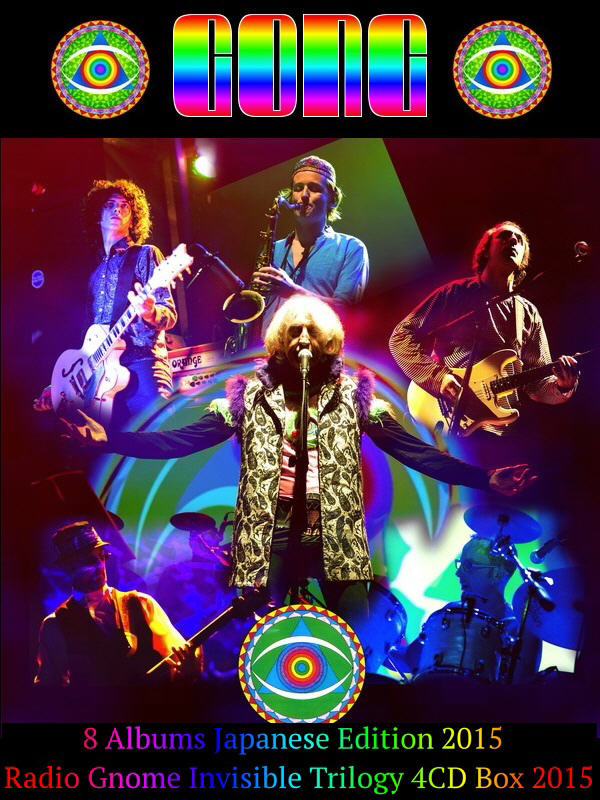
Gong: Collection 8 × SHM-CD + 4CD Box • Issue 2015
Lossless Galaxy Release Gong: Albums Collection • Editions 2015 Performer: Gong Box / Albums: 1971 Camembert Electrique (Mini LP CD MSI Japan 2015) ---------------------------- 1973 Angel's Egg • 1974 You • 1975 Shamal 1976 Gazeuse! • 1977 Live Etc. • 1978 Expresso II (Mini LP SHM-CD Universal Music Japan 2015) ---------------------------- 1977 Gong Est Mort, Vive Gong (2 Mini LP SHM-CD Belle Antique Japan 2015) ---------------------------- 2015 The Radio Gnome Invisible Trilogy 1973 Flying
05 10, 2025
Жанры
Lossless Galaxy Release
Русская музыка
--Поп
--Рок
--Панк
--Альтернатива
--Металл
--Рэп, Хип-Хоп, R'n'B
--Джаз и Блюз
--Фолк
--Шансон, Авторская песня
--СССР
Зарубежная музыка
--Pop
--Rock
--Hard Rock
--Progressive & Art-Rock
--Pop-Rock & Soft Rock
--Instrumental Rock
--Heavy, Traditional, Industrial Metal
--Power, Gothic, Sympho Metal
--Thrash, Speed, Groove, Modern Metal
--Death, Melodic Death, Doom, Dark Metal
--Black, Pagan, Folk, Viking Metal
--Alternative
--Punk
--Disco, Eurodance
--Rap, Hip Hop, R'n'B
--Reggae, Ska, Dub
--Jazz, Blues, Soul
--Folk, Country, Ethnic
--Electronic, Ambient, New Wave
--House, Techno, Trance
Другие жанры
--New Age, Relax, Meditative & Flamenco
--Chillout, Lounge, Downtempo, Trip-Hop
--Drum & Bass, Jungle, Breakbeat, IDM
--Classical / Классическая музыка
--Soundtrack
--Музыкальные сказки
Vinyl Rip
HI-Res / DVD-Audio / DTS
--SACD
--DSD
--DVD-Audio
Сборники Lossless-Galaxy
Альбомы 2022
Альбомы 2023
Альбомы 2024
Теги
1st Press 2022 2023 2024 2025 70... AOR Black Metal Blues Blues Rock Bootleg Series Classic Rock Death Metal Discography Exclusive for Lossless-Galaxy Folk Rock Fusion Hard Rock Heavy Metal Hi-Res Japanese Edition Jazz Jazz Rock lossless Melodic Death Metal Melodic Rock Modern Electric Blues Pop Pop Rock Power Metal Prog Rock Progressive Metal Progressive Rock Psych Rock Psychedelic Rock Rock SACD Symphonic Metal Thrash Metal Дискографии от KoGGaN
Архивы
Опрос
В каком формате хотели бы видеть релизы на сайте ?
 Автор: LeddZepp, 22 октября 2023, Комментариев: 0, Просмотров: 357
Автор: LeddZepp, 22 октября 2023, Комментариев: 0, Просмотров: 357Duke Ellington & Mahalia Jackson - Black, Brown and Beige (1958)
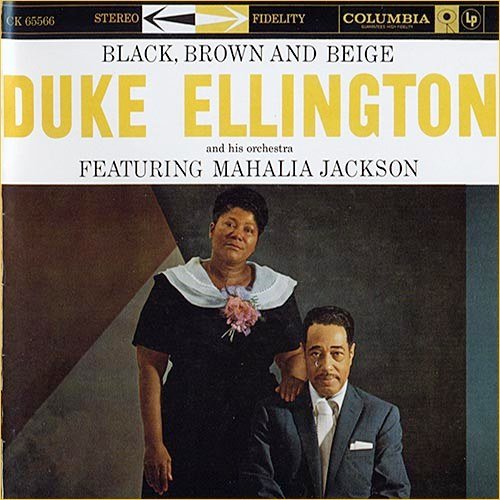
Year: 1958 (CD 1999)
Label: Legacy Records (Europe), CK 65566
Style: Swing, Big Band Music
Country: Washington, D.C., U.S. / New Orleans, Louisiana, U.S.
Time: 73:23
Format: Flac Tracks 16/44,1 kHz
Size: 392 Mb
23 января 1943 года Дюк Эллингтон дебютировал в нью-йоркском Карнеги-холле, одном из самых уважаемых концертных залов в мире, исполнением четырех-частной композиции "Black, Brown and Beige" (анонсированной как "Первая симфония "Дюка" Эллингтона").
Концерт также был направлен на сбор средств для помощи России во время войны с Германией. Среди зрителей Карнеги были знаменитости, такие как первая леди Элеонора Рузвельт, дирижер Леопольд Стоковски, сопрано Мэриан Андерсон и поэт Лэнгстон Хьюз.
01. Part I (08:16)
02. Part II (06:13)
03. Part III (Aka Light) (06:25)
04. Part IV (Aka Come Sunday) (07:58)
05. Part V (Aka Come Sunday) (03:46)
06. Part VI (23rd Psalm) (03:08)
07. Track 360 (Aka Trains) - Alternate Take (02:05)
08. Blues In Orbit (Aka Tender) - Alternate Take (02:41)
09. Part I - Alternate Take (06:48)
10. Part II - Alternate Take (06:37)
11. Part III (Aka Light) - Alternate Take (03:07)
12. Part IV (Aka Come Sunday) (02:23)
13. Part V (Aka Come Sunday) - Alternate Take (05:51)
14. Part VI (23rd Psalm) - Alternate Take (01:58)
15. Studio Conversation (Mahalia Swears) (00:06)
16. Come Sunday (A Cappella) (05:47)
17. (Pause Track) (00:06)






При желании можно посмотреть все мои публикации на сайте. Приятного прослушивания. Жмём и смотрим (Click to see all of my posts)!
Внимание! У Вас нет прав для просмотра скрытого текста.
Похожие новости:
Комментарии отсутствуют
Добавить комментарий!
Информация
Посетители, находящиеся в группе Гости, не могут оставлять комментарии к данной публикации.

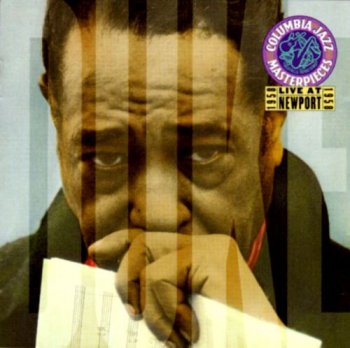
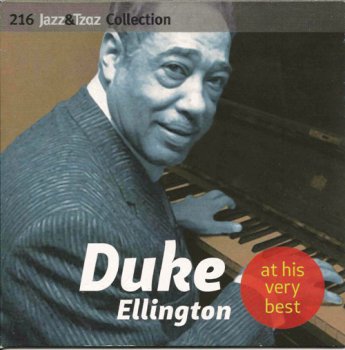
![VA - Big Band Fever - Duke Ellington, Count Basie & Tommy Dorsey [3CD Box Set] (1997)](/uploads/posts/2017-10/thumbs/1506849443_hg56.jpg)

